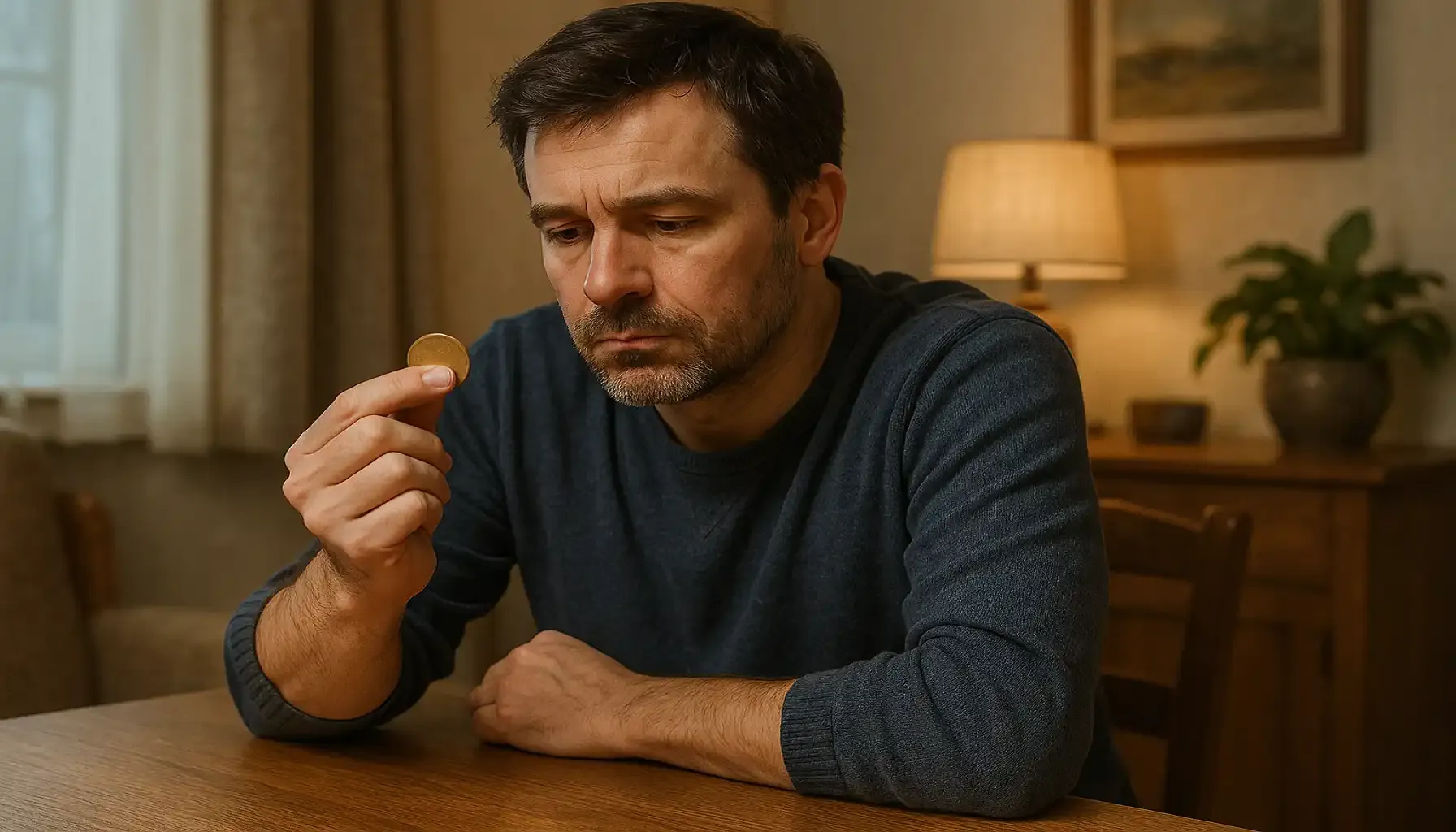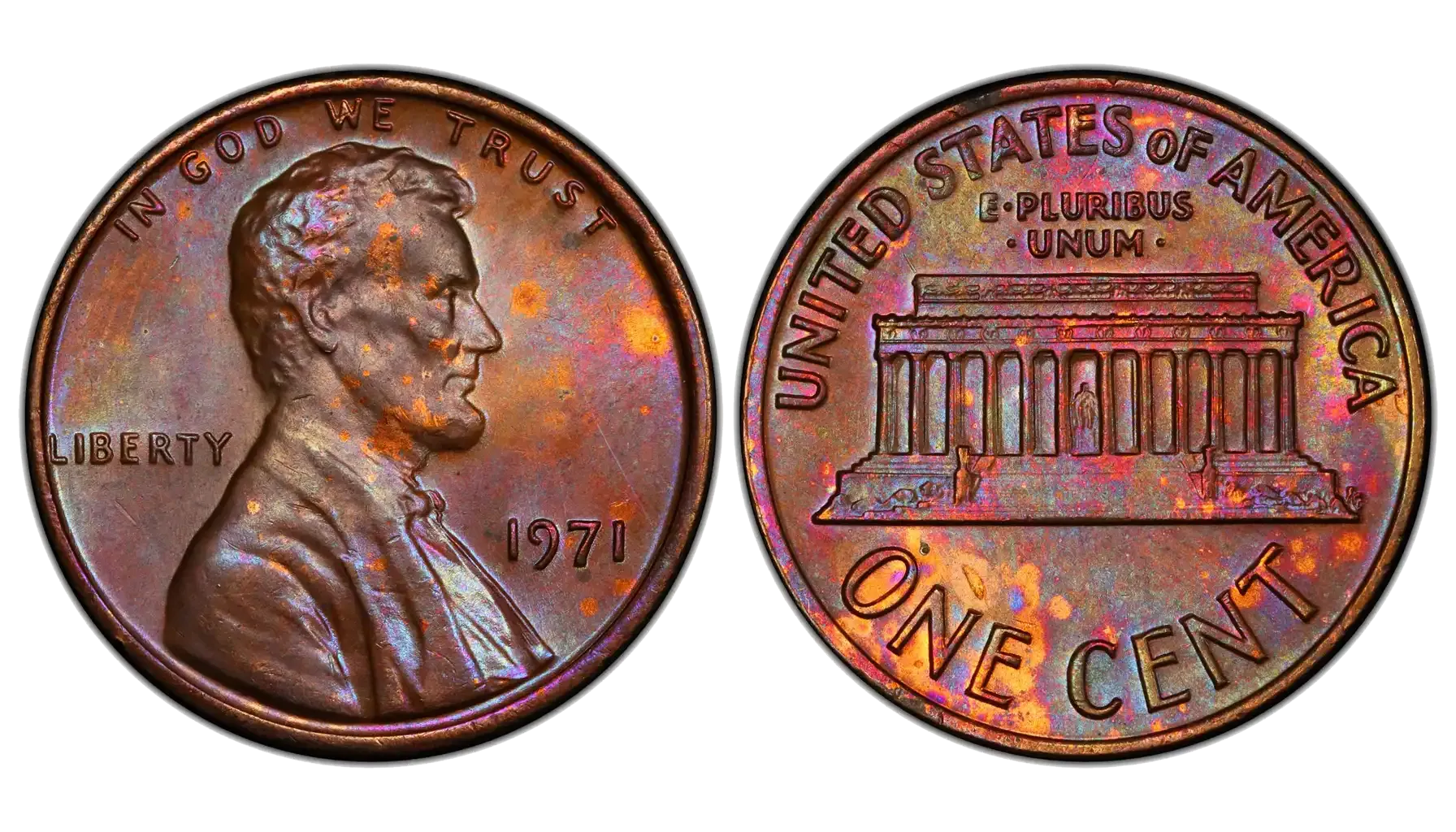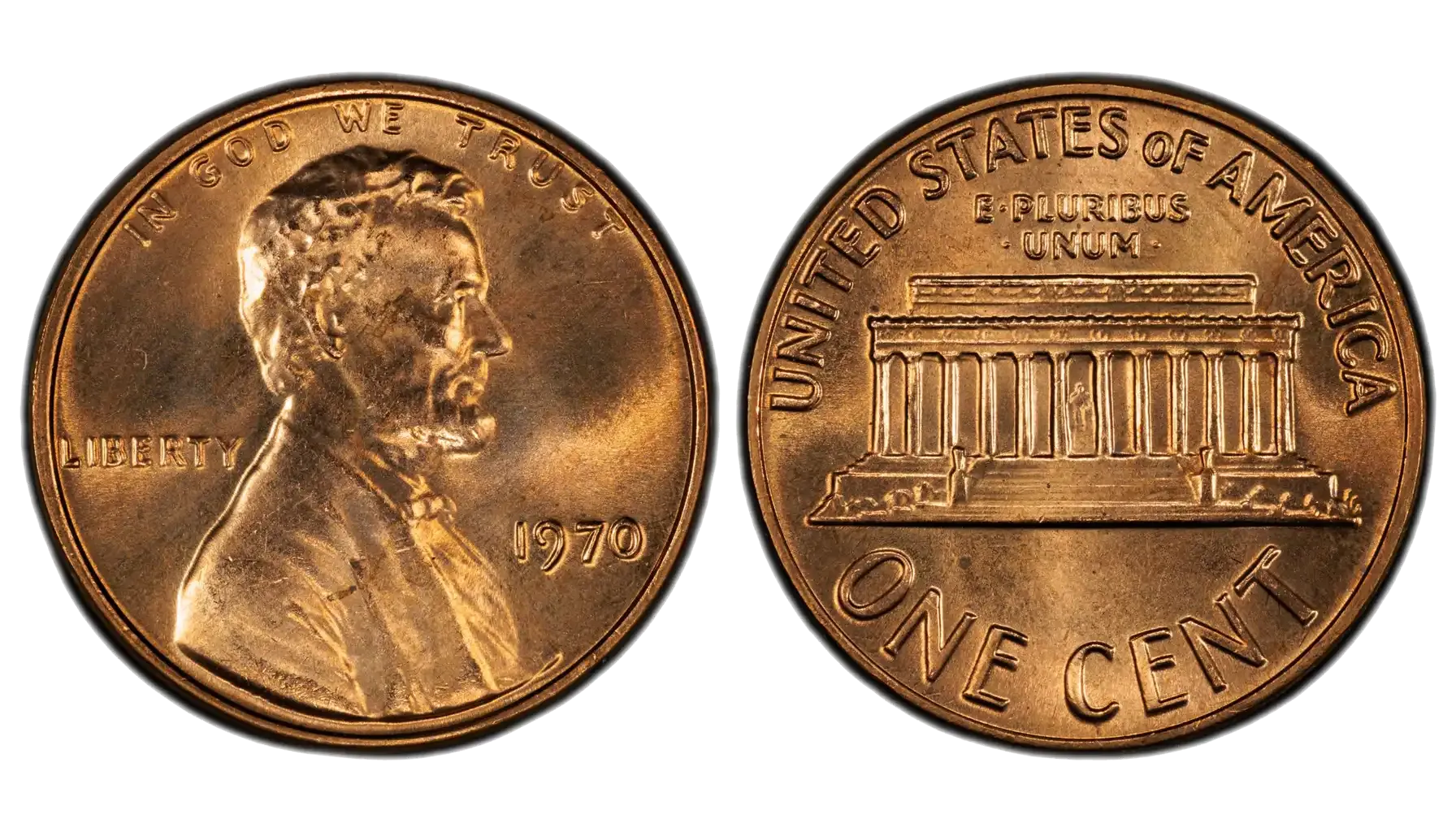Contents:
Lincoln pennies are one of the most popular US coins. There are a ton of mintages throughout the years and many variations. The 1962 penny is one of them.
How much is a 1962 penny worth? Discover the value of this coin, its mint marks, errors, and more.
Want to know the price of your collectible right away? Use a Coin Value Identifier.
Lincoln Penny Design
This coin was designed by Victor David Brenner. This design debuted in 1909 for Lincoln’s 100th birthday and remained largely unchanged through 1962.
What changed is the reverse. Before 1959, Lincoln cents, like the 1947 penny, featured wheat stalks on the reverse. A new design by Frank Gasparro introduced the Memorial building.
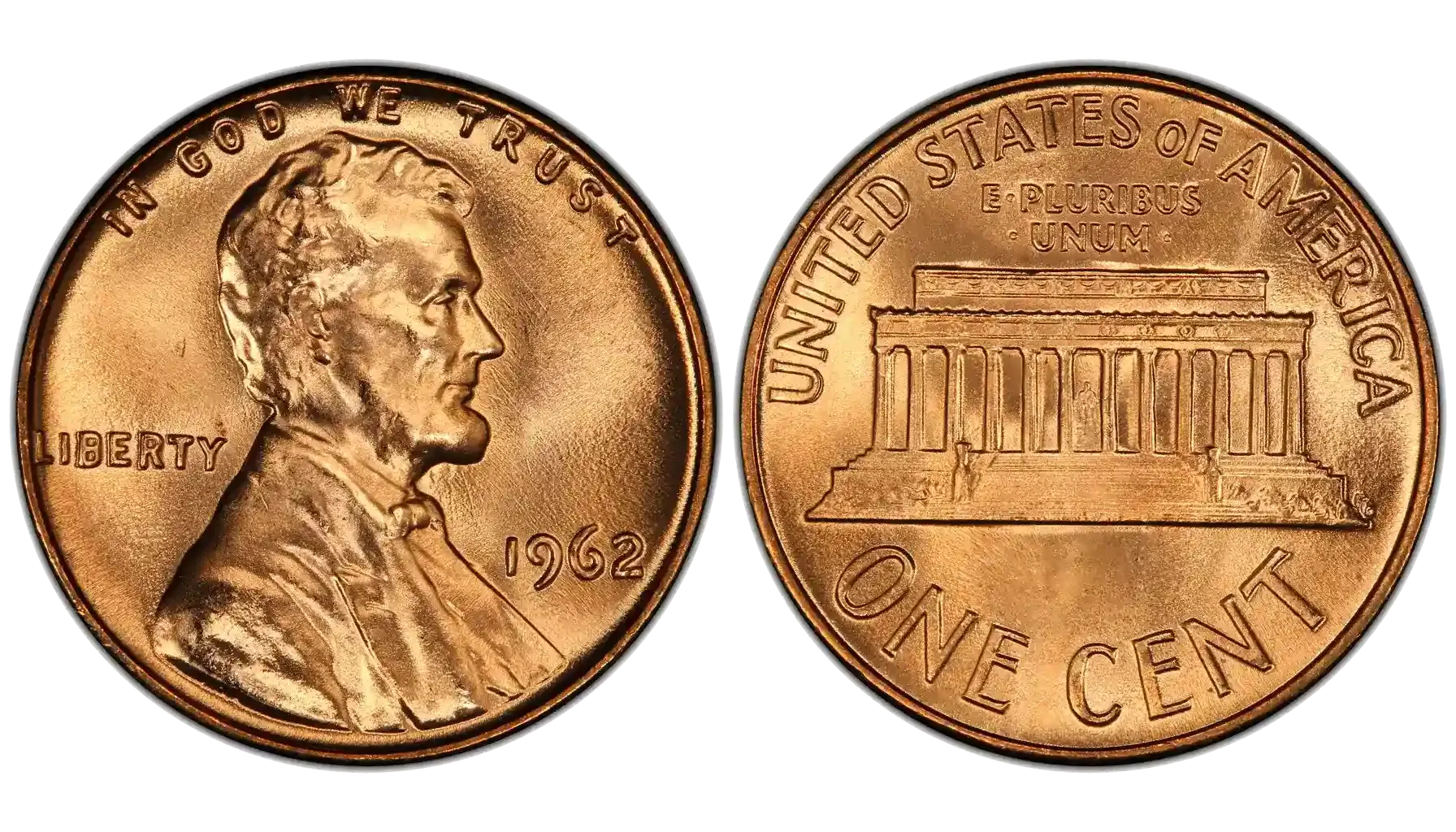
Obverse (front): A right-facing bust of Abraham Lincoln, the 16th President of the United States. The inscription "IN GOD WE TRUST" runs along the top rim. The word "LIBERTY" is to Lincoln’s left. The date "1962" is to Lincoln’s right. If there's a mint mark, it appears just below the date.
Reverse (back): The Lincoln Memorial building in the center. You’ll find the inscriptions "UNITED STATES OF AMERICA" and "E PLURIBUS UNUM" above. The denomination "ONE CENT" is below.
Lincoln Penny Overview
The piece has had a long mintage from 1909 to this very day! Of course, there were different editions with different designs and material compositions. We will focus on the Memorial series, represented by the 1960 Lincoln penny, your 1962 piece, and others.
The main characteristics of the 1962 Lincoln cent | |
Country | United States |
Years of Minting | 1959-2008 (Memorial reverse) |
Type: | Standard circulation |
Shape: | Round |
Composition and metal content | Bronze (95% Copper, 5% Zinc) |
Diameter | 19 mm |
Weight | 3.11 grams |
The Mints | United States Mint of Denver, United States Mint of Philadelphia |
Lincoln Penny Varieties
The 1962 Lincoln cent (penny) has two main mint mark varieties, based on where it was minted:
1962 (No Mint Mark): Minted at the Philadelphia Mint.
1962-D (D Mint Mark): Minted at the Denver Mint.
Some collectors also distinguish proof coins. Proofs are high-quality pieces made for collecting and not circulation.
There’s also one variety people think exists, but it doesn’t. 1962 silver penny. The real 1962 piece is copper-based, like many coins of that era. In the past, there were many silver pieces like the 1943 Mercury dime, but due to economic changes, the US Mint switched to copper.
1962 Penny No Mint Mark Value
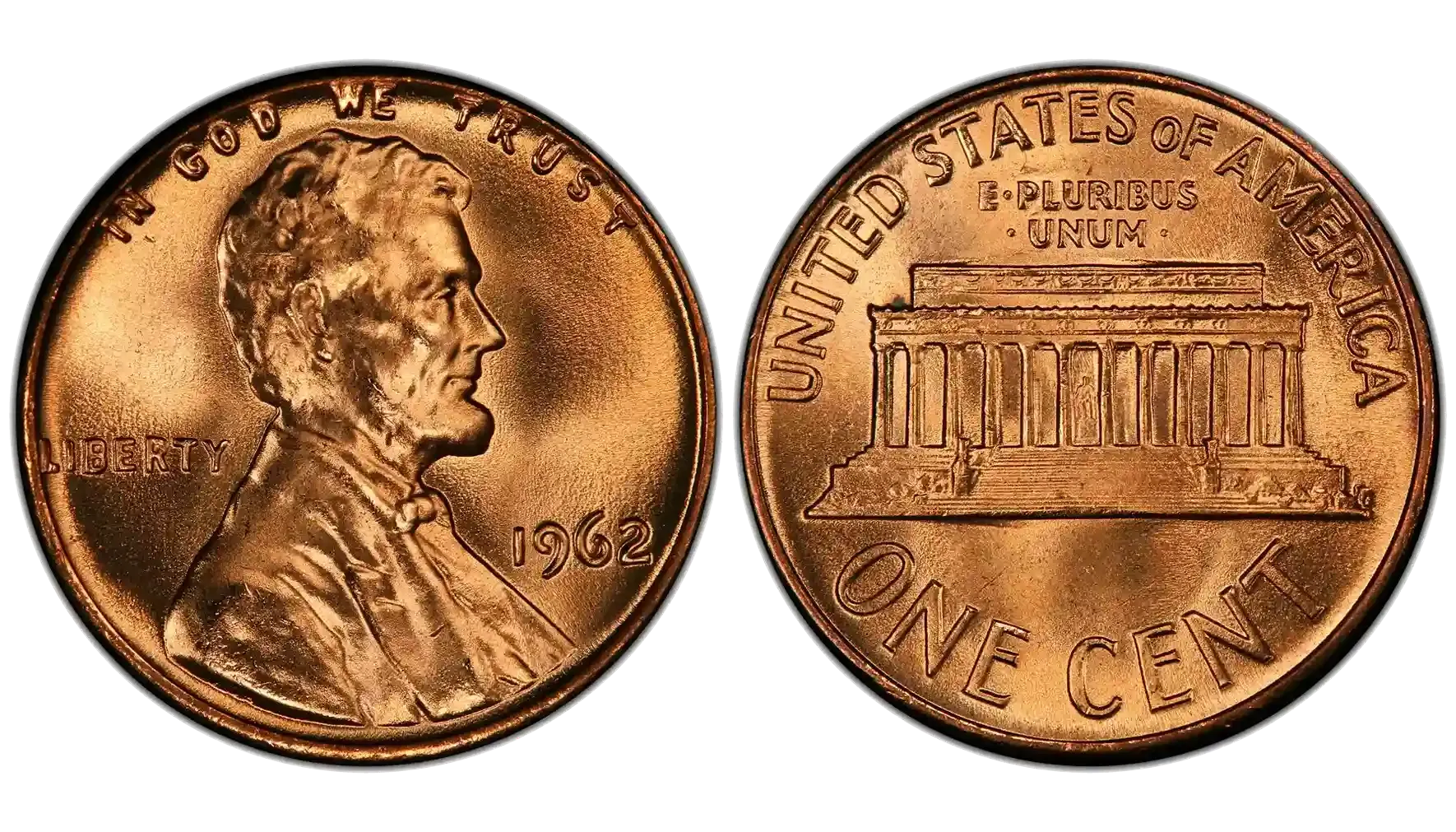
Look for: There should be no mint mark under the date.
Mintage: 606,045,000.
Estimated Value: $0.15 – $20+. 1962 penny value no mint mark is generally low.
1962 no mint mark penny follows the same tradition that many Philadelphia-minted pieces had. It has no mint mark, because for a long time the Philadelphia mint was the main minting facility, and everyone assumed the coins came from their presses.
1962 D Penny Value
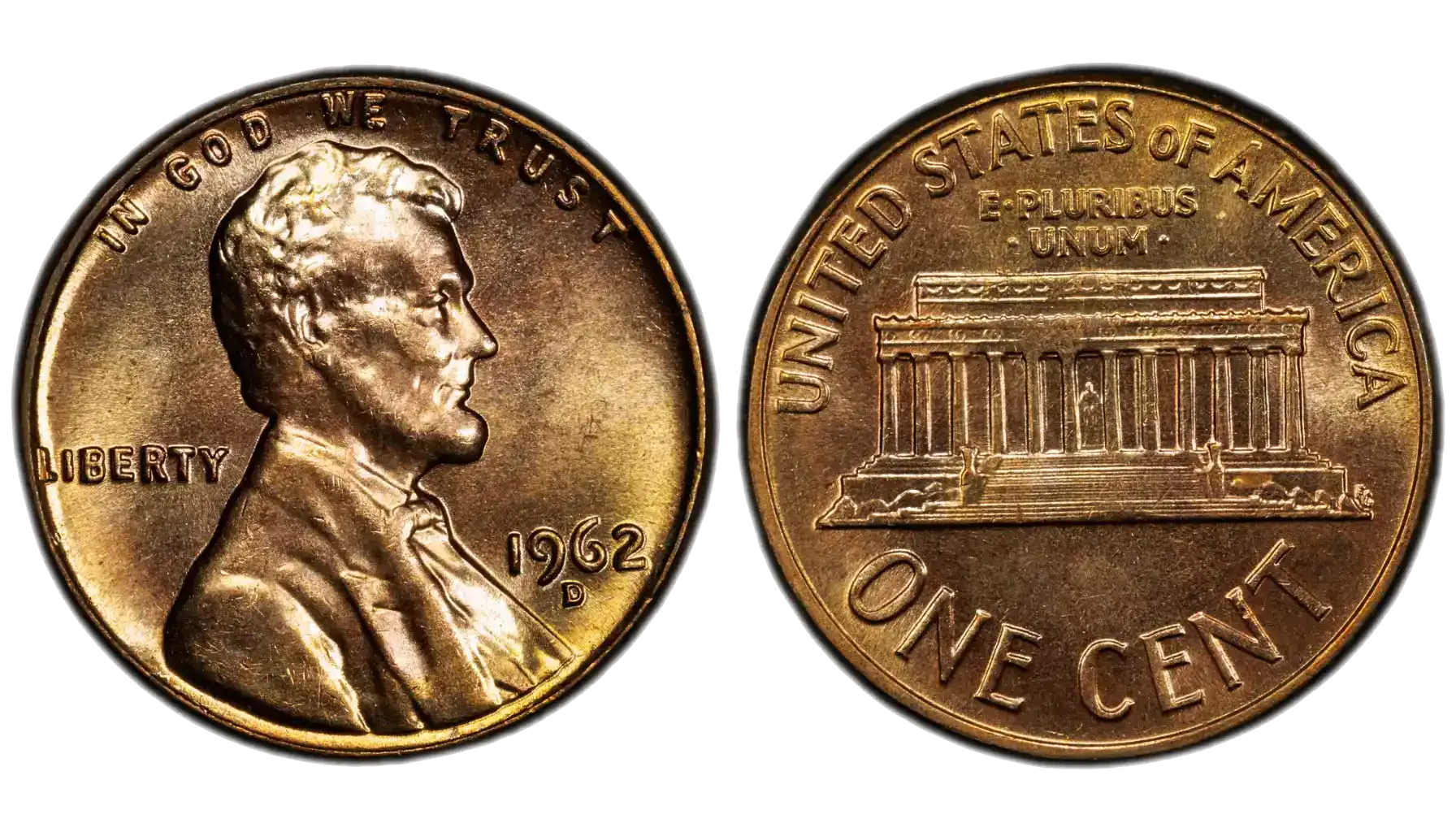
Look for: There should be a “D” mint mark under the date on the obverse.
Mintage: 1,793,148,400.
Estimated Value: $0.10 – $20+. The 1962 penny value D is similar to no mint marks. It might be lower due to a big mintage.
1962 penny D has the biggest mintage among its counterparts. Usually, the Philadelphia mint makes the most coins, but in the beginning of the 60’s, Denver made more.
1962 Proof Penny Value
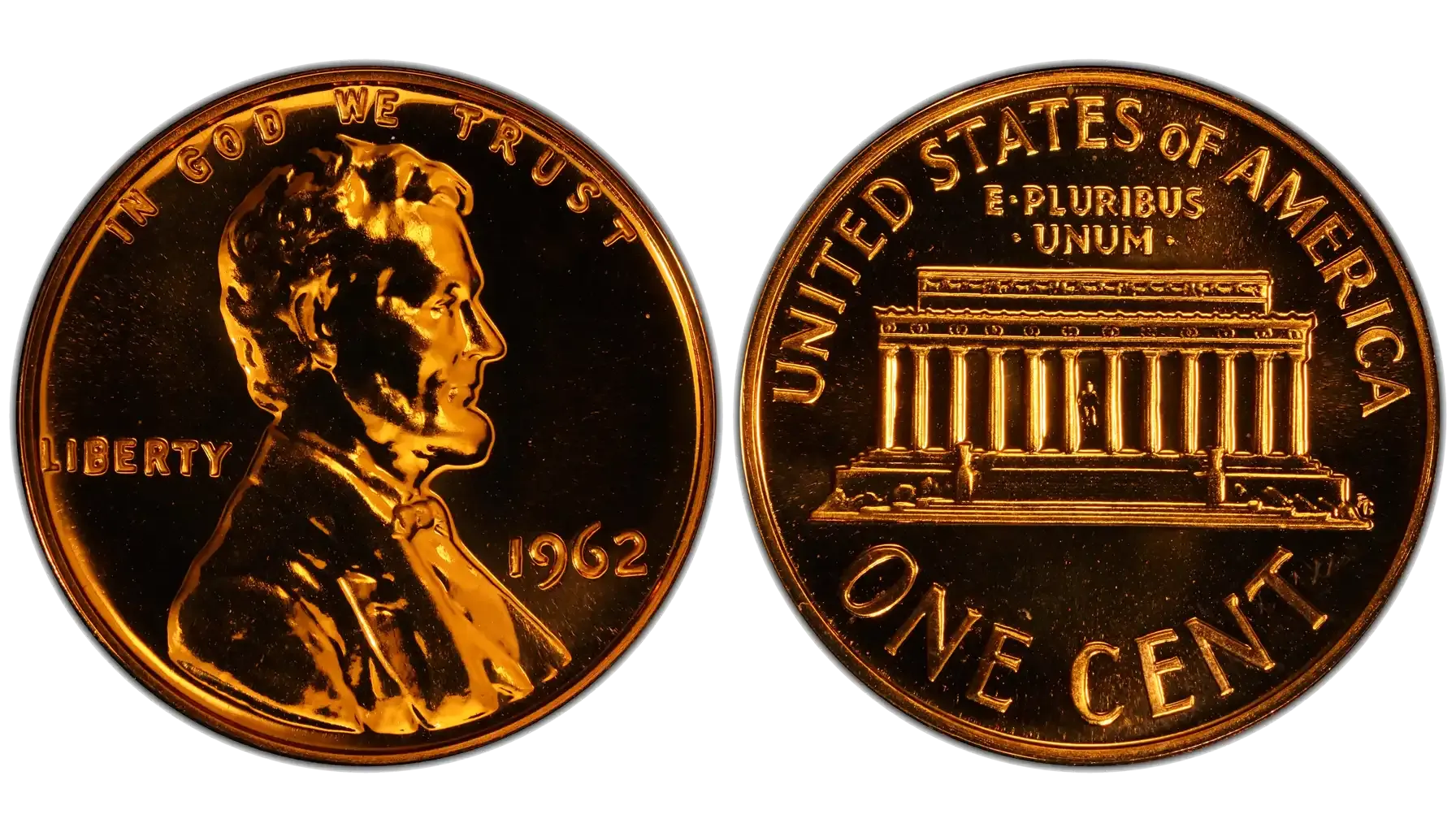
Look for: Has no mint mark. Highly detailed and features cameo or deep cameo contrast.
Mintage: 3,218,019.
Estimated Value: $12–$60+. 1962 proof penny value is the highest compared to other varieties.
Most proof coins come from the San Francisco mint and bear its signature “S” mark, but these proofs were made in Philadelphia and have no mark.
Penny Grading
What is the most important contributor to the coin's value? Grading. Grading is determined for most pieces by the Sheldon Scale from 1 to 70. The higher the score, the higher the value.
Grade | Abbreviation | Description |
Poor | P-1 | Barely identifiable, nearly flat because the details eroded. |
Fair | FR-2 | Major details are visible, but overall heavily worn. |
Good | G-4 to G-6 | The outline of Lincoln’s portrait is visible, worn flat. |
Very Good | VG-8 to VG-10 | Letters are readable, with moderate wear. |
Fine | F-12 to F-15 | Hair and ear are visible, but still have wear. |
Very Fine | VF-20 to VF-35 | Moderate details can be distinguished; most letterings seem bold. |
Extremely Fine | EF/XF-40 to XF-45 | Light wear on high points, but overall easily distinguishable. |
About Uncirculated | AU-50 to AU-58 | Small traces of wear on high points. |
Mint State | MS-60 to MS-70 | No wear, higher grades have better luster, strike, and fewer marks. |
Proof | PR-60 to PR-70 | Special strike for collectors, sharp details, mirror-like fields. |
Copper pieces like Lincoln cents have an additional grading according to their colour. Copper often loses its vivid coloration when it's exposed to the air for a long time. Vibrant pennies are worth more than the dull ones.
BN (Brown): The coin has turned mostly brown due to oxidation.
RB (Red-Brown): Mix of red and brown; transitional color.
RD (Red): Coin has retained full original copper-red luster (most valuable).
One more value factor is the presence of errors.
1962 Penny Error List
We like to think that errors are something bad, but it’s the other way for coinage. Coins with errors are more valuable than normal ones. This list will show some of the most important or common errors and how they affect the value.
Off-Center Strike
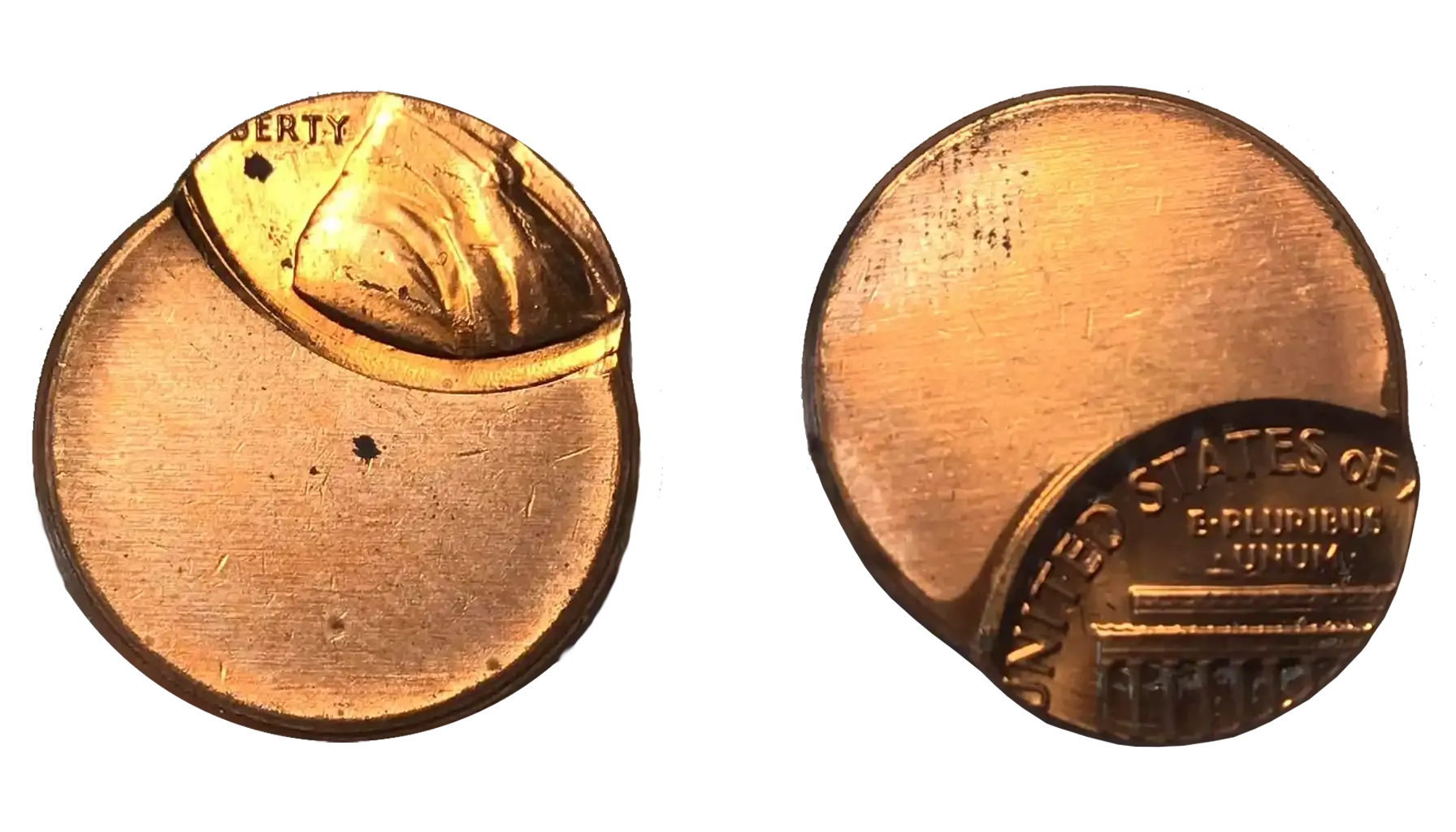
Look for: A portion of the design is missing, shifted toward one side.
Estimated value: $10–$50+ depending on the shift.
Error cause: The coin blank (planchet) wasn't properly centered during striking.
BIE Error
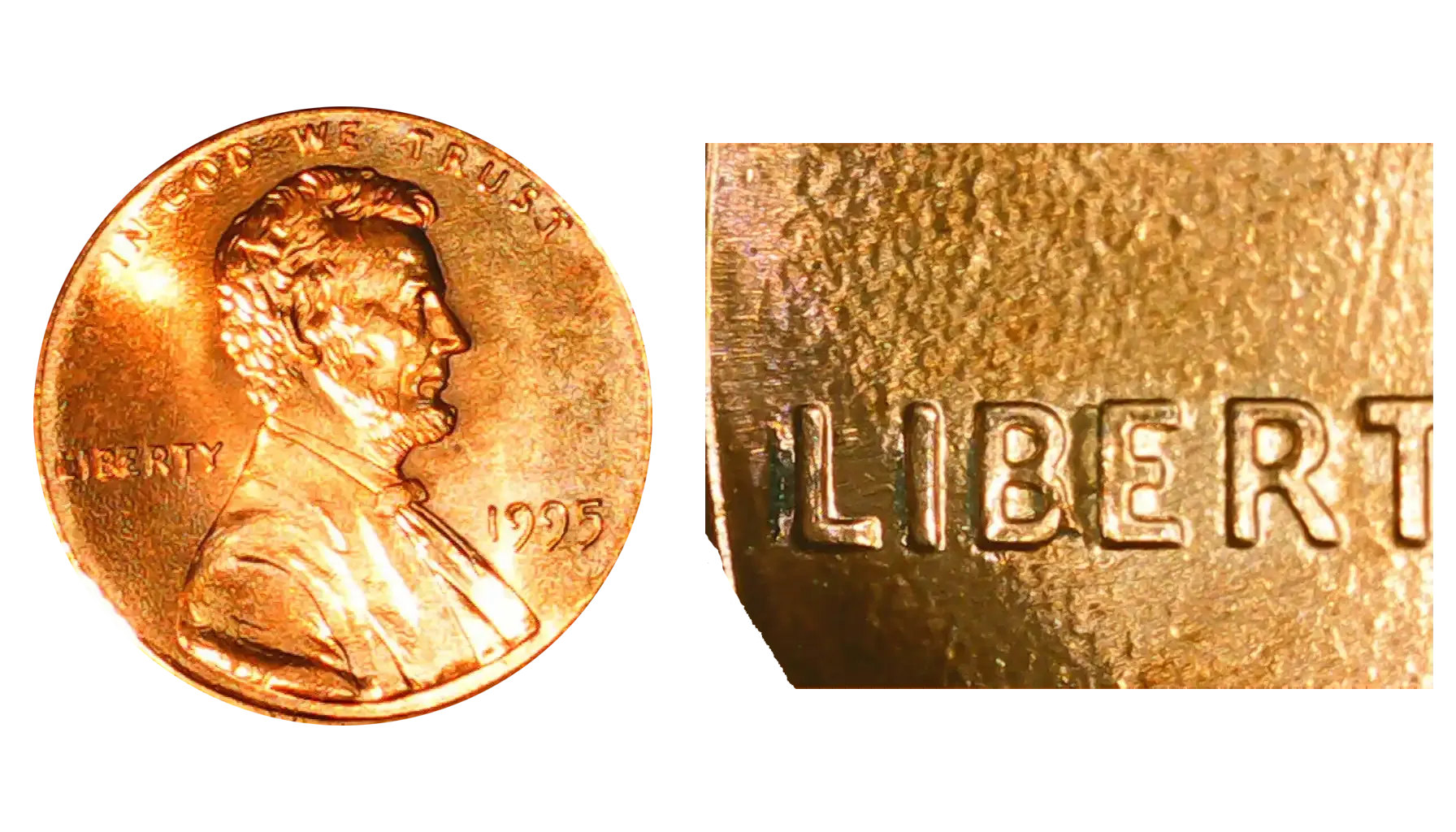
Look for: A raised line or blob between the "B" and "E" in the inscription "LIBERTY".
Estimated value: $5–$15.
Error cause: A small die break between the B and E in LIBERTY, creating what looks like an “I”.
This error is less frequent than off-centers, but still common enough. Might be tricky to find, so use collecting supplies for magnification.
Doubled Die (DDO or DDR)
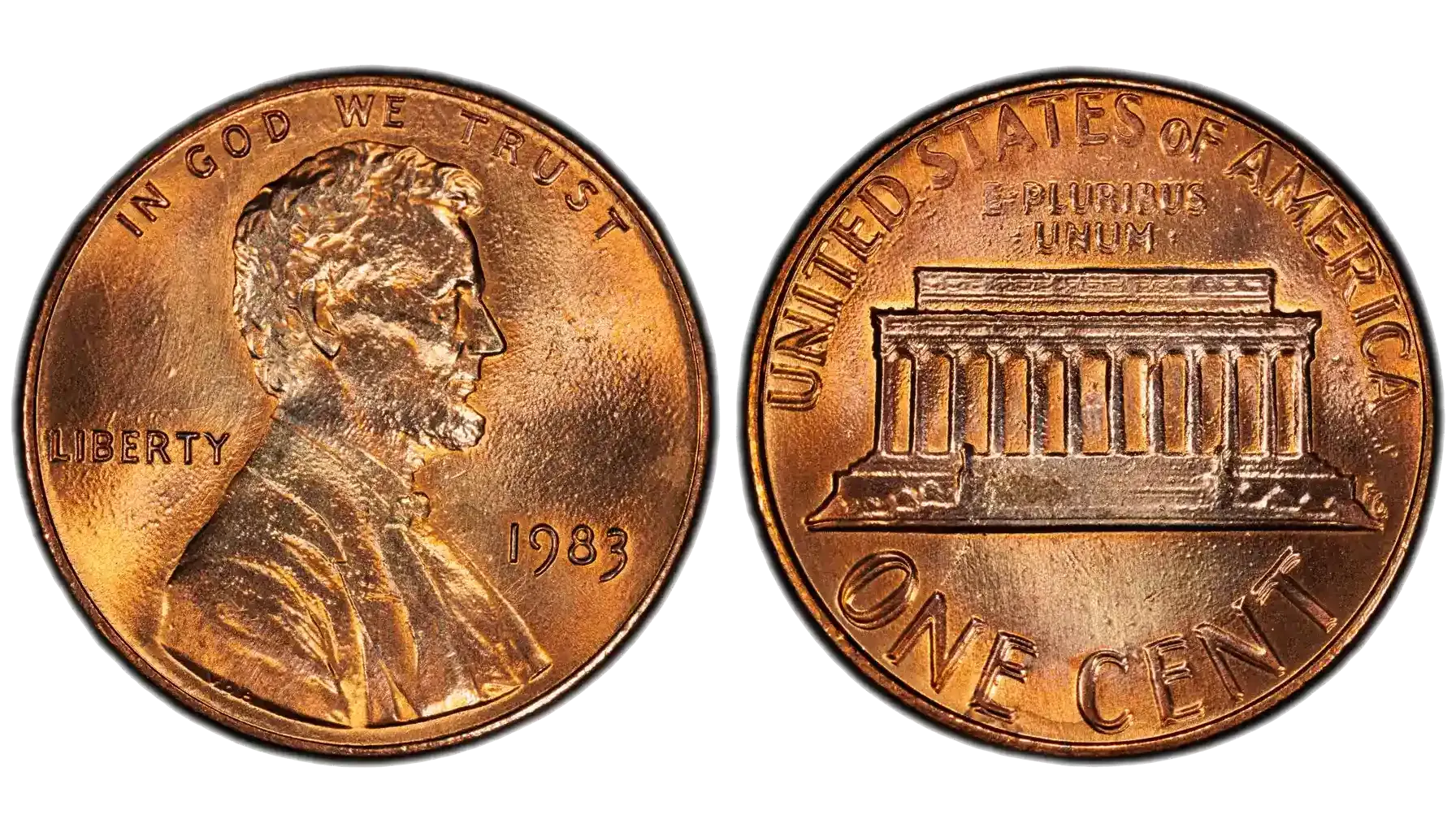
Look for: Doubled letters at the inscriptions(“LIBERTY”, “IN GOD WE TRUST”, etc) or the date.
Estimated value: $100–$500+.
Error cause: A misalignment between hub impressions created a doubled image on the die.
Double dies are always favoured by collectors.
Repunched Mint Mark (RPM)
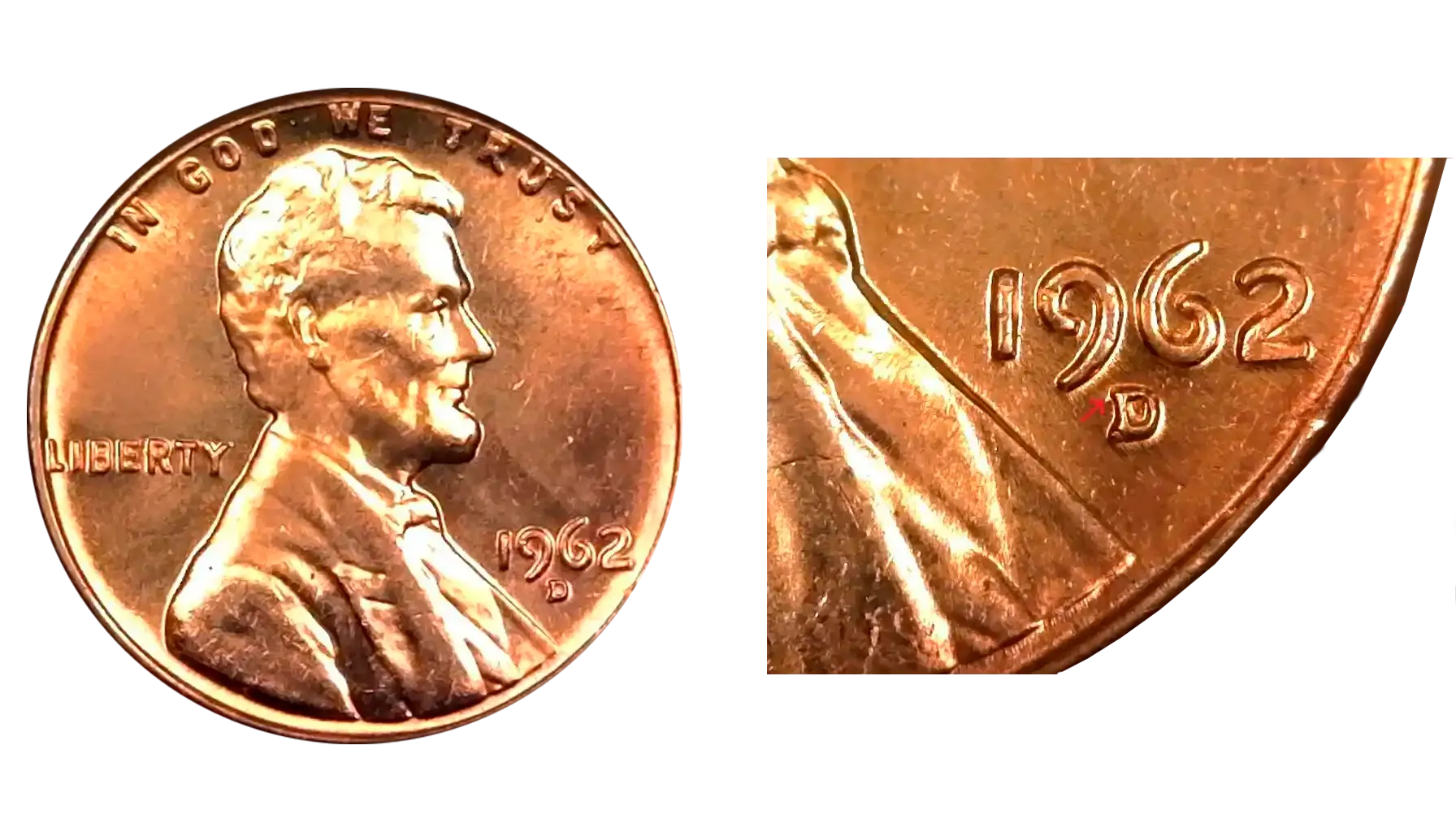
Look for: Look for doubling or shadowing of the "D", usually to the north, south, east, or west of the main D.
Estimated value: $20–$100+.
Error cause: The mint mark (D for Denver) was punched into the die by hand, and sometimes it was misaligned and punched again, creating a "doubled" mint mark.
This error is exclusive for D-marked pennies, because the Philadelphia release has no mint marks to be doubled. This error is moderately valuable and proudly stays in the 1962 D penny error list.
1962 Penny Value
Time to see 1962 penny worth. Does it live up to the legacy of the Lincoln series?
Coin Type | Condition / Grade | Value (USD) |
1962 (No Mint Mark) | Circulated (XF–AU) | Face value (1¢) |
Uncirculated (MS60–MS62) | $0.15 – $0.25 | |
MS63 Red (RD) | $0.50 – $1.50 | |
MS65 RD (Certified) | $20 – $25 | |
MS66 RD or higher | $25 – $100+ | |
1962-D (Denver) | Circulated (XF–AU) | Face value (1¢) |
Uncirculated (MS60–MS62) | $0.10 – $0.25 | |
MS63 Red (RD) | $0.50 – $3 | |
MS65 RD (Certified) | $3 – $20 | |
MS66 RD or higher | $34 – $75+ | |
1962 Proof | Proof (PR65 RD) | $12+ |
PR67 RD | $26+ | |
PR67–PR69 DCAM | $26 – $300+ |
No mint marks and D varieties have mostly similar values. The proof pieces are worth more due to their excellent condition and a low mintage.
Coins ID Scanner
Coin ID Scanner is a helpful app for those collecting coins. Here’s what the app can do:
The app uses AI-based image recognition to identify coins by scanning with your phone camera or uploading photos
Offers a database of 150,000+ coins, including historical and world issues. Provides estimated coin values, mint data, composition, and historical background
Includes collection management tools. You can track the pieces you collected and compare them with others.
Features an AI “consultant” to answer numismatic questions
Coin ID Scanner is free to use. You can download the app on iOS and Android devices.

